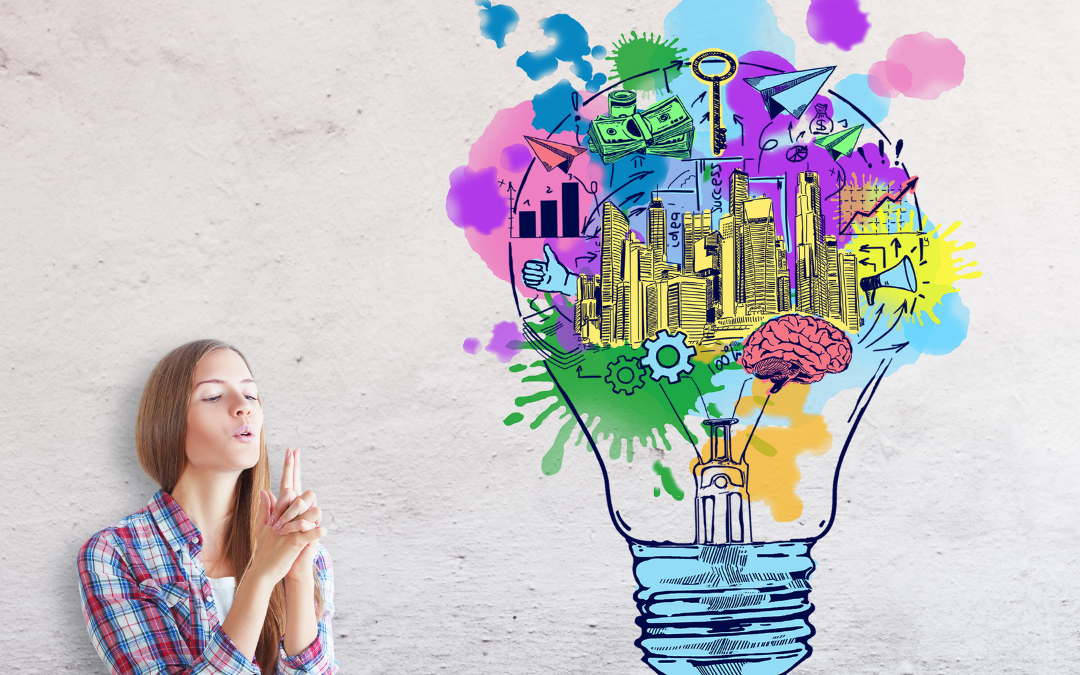The shift from traditional employment to the digital and creative economy has become increasingly pronounced, fueled by the rise of digital platforms that allow individuals to monetize their passions.
These platforms provide creatives with the tools and audience necessary to transform hobbies into viable careers. As the landscape of work continues to evolve, understanding how to navigate this new economy is essential for aspiring creatives looking to turn their passion into profit.
Identifying Your Niche
Finding your unique position in a crowded market is the first step toward success in the digital creative economy. This involves a deep understanding of both your strengths and the market demands.
- Start by conducting market research to identify gaps that your unique skills can fill. Pay attention to trends but focus on areas where your passion and expertise align with consumer interests. This might mean narrowing your focus to specialized niches where competition is less intense but demand is steady. For example, instead of broadly targeting “digital art,” you could specialize in “eco-conscious digital art for sustainable brands.”
- Creating a unique value proposition is crucial. This means clearly articulating what sets you apart from others in your niche. Whether it’s your distinctive style, the materials you use, or the themes you explore, your value proposition should be evident in every piece of content you create. This distinctiveness attracts a specific audience that is more likely to engage with your work and purchase your products or services.
Building a Digital Presence
Your digital presence is your portfolio, storefront, and community hub. It’s where you showcase your work, interact with your audience, and conduct business.
- Website: Your website should be the cornerstone of your digital presence. It’s a platform you own and control, free from the whims of social media algorithms. Ensure it is professionally designed, easy to navigate, and optimized for search engines. It should display your portfolio, services, and contact information, making it easy for potential clients or customers to understand what you offer and how to engage with your work.
- Social Media: Choose platforms that align with your creative niche and where your target audience spends their time. Consistency is key—regularly post high-quality content that showcases your work, tells your story, and engages your audience. Utilize platform-specific features, such as Instagram Stories or Pinterest boards, to give followers a behind-the-scenes look at your creative process, increasing engagement and building a loyal community.
Monetizing Your Craft
The ultimate goal of turning your passion into profit is to find sustainable ways to monetize your craft. There are multiple avenues to explore, depending on your niche and business model.
- Direct sales of products or services through your website can be a straightforward way to earn income. Whether selling physical goods like paintings or digital products like eBooks, ensure your website has an e-commerce platform that provides a smooth shopping experience. This principle applies equally to B2B e-commerce, where recent b2b ecommerce trends highlight the importance of seamless, user-friendly interfaces. Modern B2B buyers expect the same ease of navigation and transaction efficiency as they encounter in B2C environments. Adopting advanced e-commerce solutions can help businesses stay competitive by offering personalized experiences, streamlined purchasing processes, and integrated payment options that cater to the evolving expectations of B2B customers.
- Subscription models or membership sites offer a way to generate recurring revenue. This could be through a platform like Patreon, where fans pay a monthly fee for exclusive content, or by offering a subscription-based service directly on your site.
- Teaching and mentoring are increasingly popular ways to monetize expertise. This can be done through one-on-one coaching, online courses, or workshops. Platforms like Teachable or Udemy can host your courses, but promoting them through your website and social media channels is crucial for driving enrollment.
- Collaborations and sponsorships with brands are another revenue stream. Brands constantly seek authentic creators to promote their products to niche audiences. Establish a professional media kit highlighting your audience demographics, engagement rates, and past collaborations to attract potential partners.
- Choosing the Right Platforms: Not all platforms are created equal, and what works for one creator may not work for another. Consider where your audience spends their time and which platforms align with your content type and monetization goals. From social media networks to content-specific platforms, selecting the right channels is crucial to reaching your target audience and maximizing earnings. Check out this list of the best OnlyFans girls for more inspiration.
Sustaining Growth and Innovation
Continuous growth and innovation are non-negotiable to remain relevant and profitable in the digital creative economy. This means staying abreast of industry trends, continually refining your skills, and experimenting with new revenue streams.
- Engage with your community to understand their evolving needs and interests. Feedback from your audience can inspire new product lines, services, or content that keeps them engaged and attracts new followers. Additionally, investing in your professional development through online courses, workshops, and conferences improves your craft, expands your network, and opens up new opportunities.
- Collaborate with other creatives. Cross-promotion and collaboration can introduce your work to new audiences and inspire innovative projects. These partnerships can take various forms, from guest posting on each other’s blogs to co-creating a product line or hosting joint workshops. Such collaborations often lead to unexpected opportunities and can significantly enhance your creative and business growth.
Conclusion
Navigating the digital creative economy requires a strategic approach, blending creativity with business acumen.
By identifying your niche, building a strong digital presence, exploring various monetization strategies, and committing to continuous growth and innovation, you can turn your passion into a sustainable and profitable career. The journey from passion to profit is both challenging and rewarding, offering creatives the opportunity to earn a living doing what they love in the digital age.









